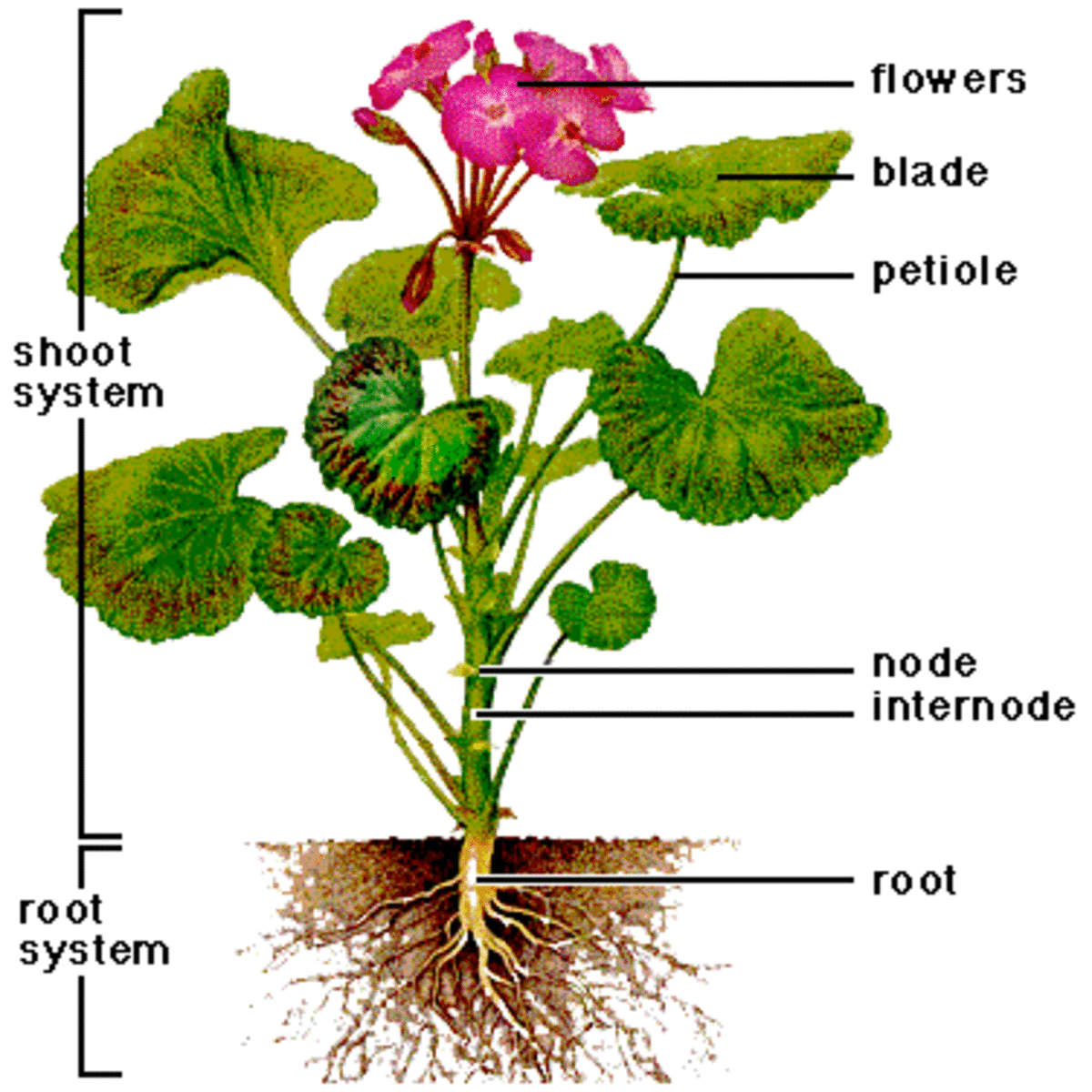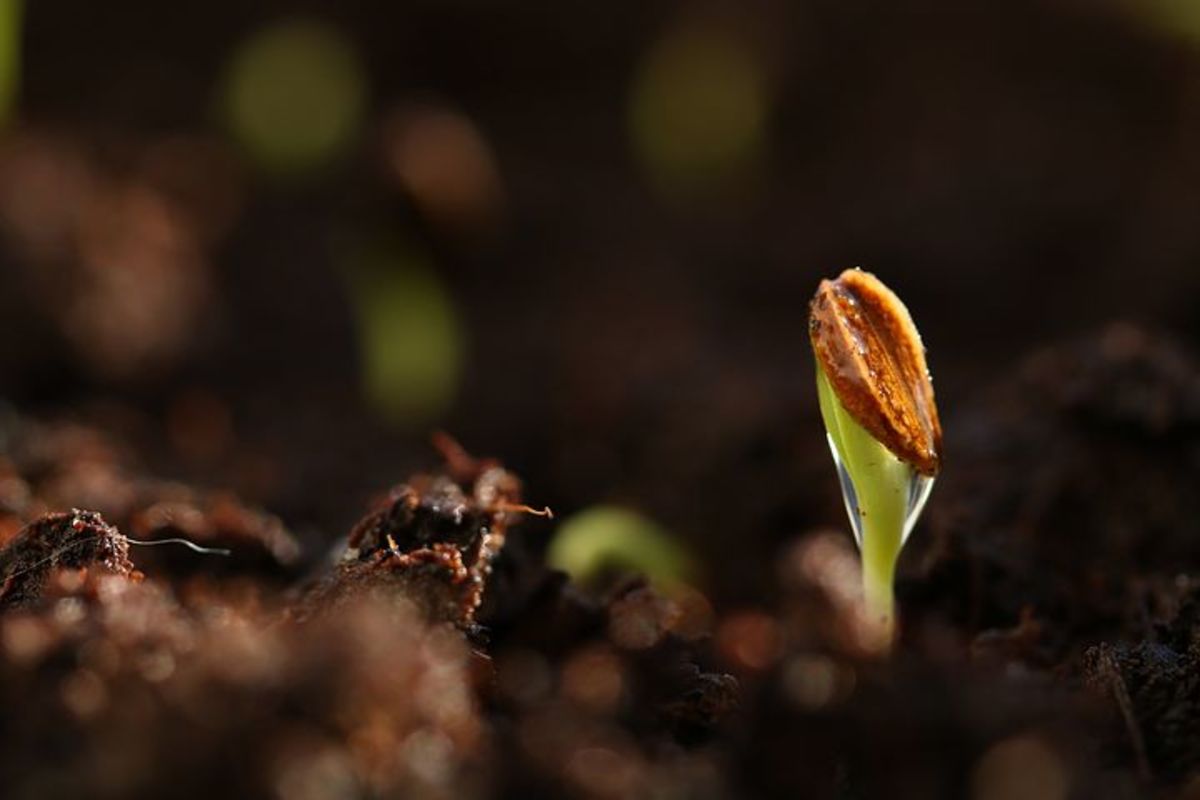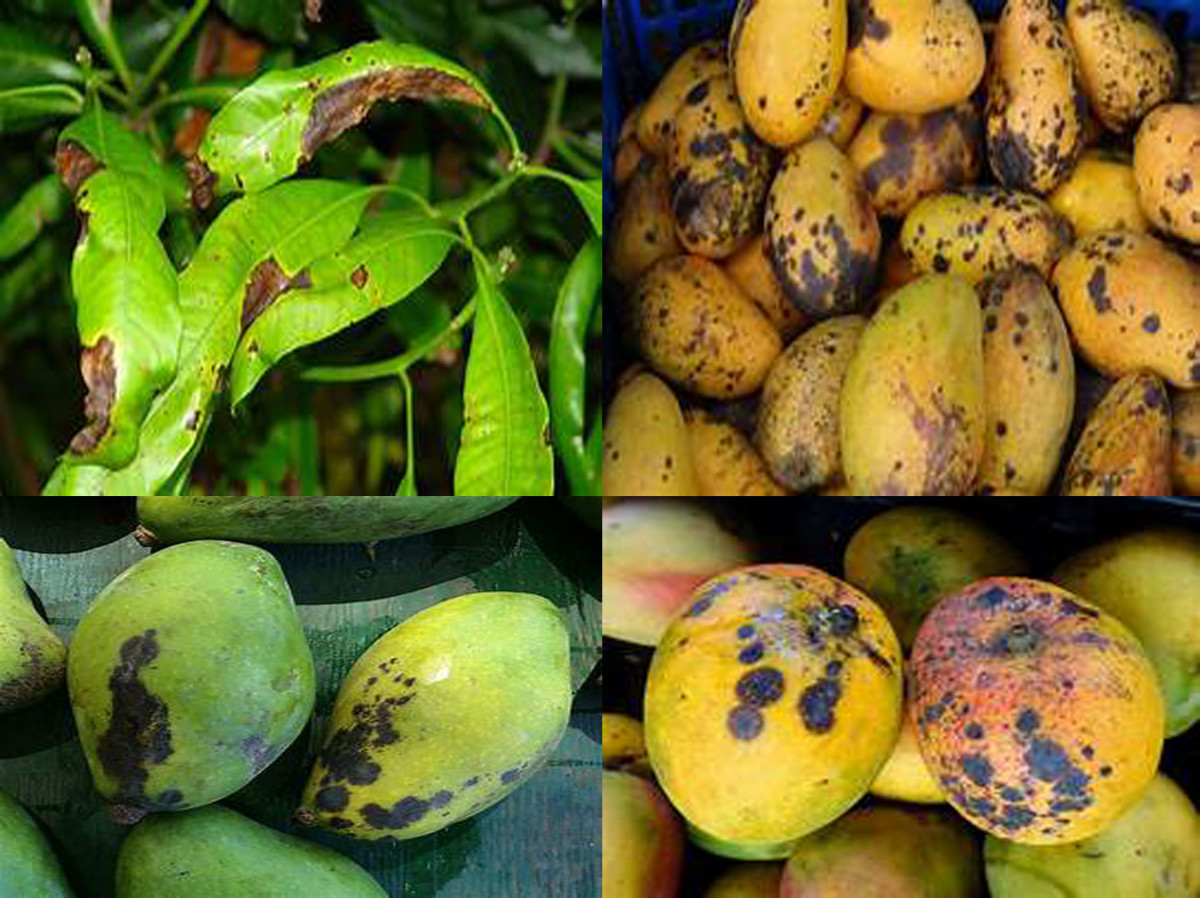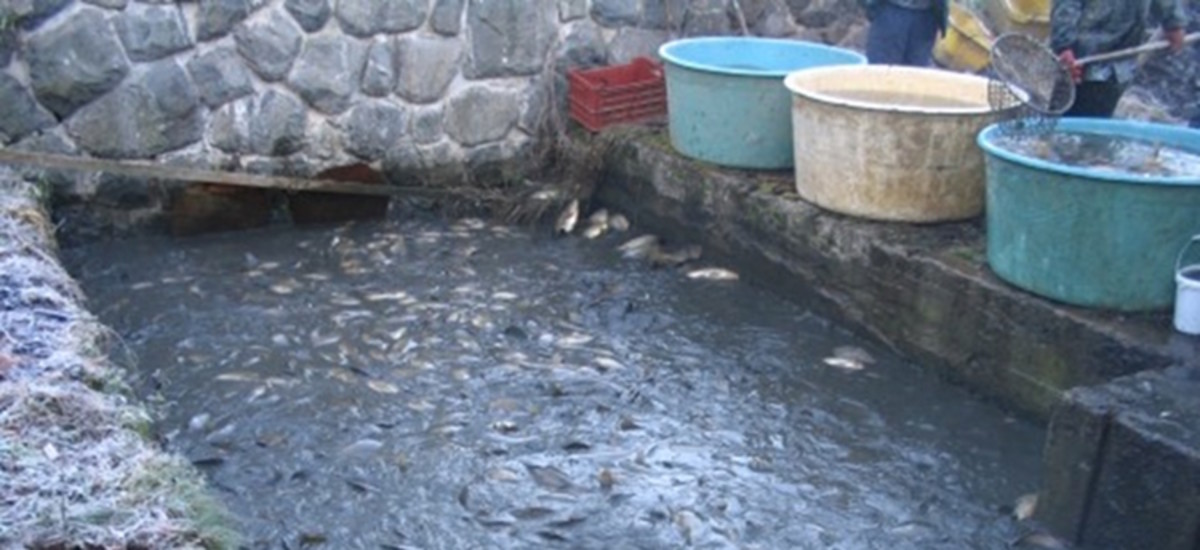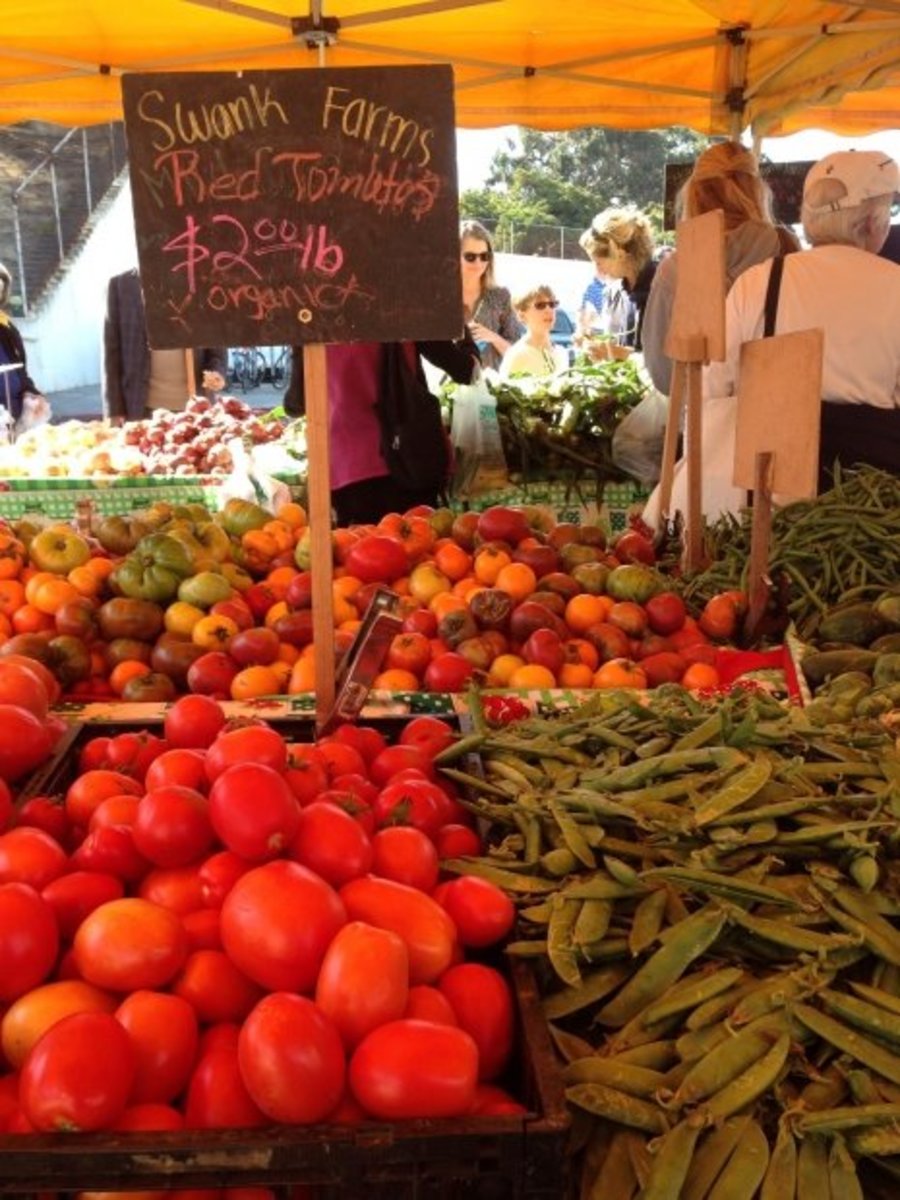How to grow peppers - Farming Tips for Beginners
Peppers are warm season vegetables; they require a longer time to grow but are smaller than most plants. Peppers are especially beneficial for health as they are a good source of vitamin A and C. For culinary purposes peppers are used in salads, stuffing, soup, stews, and relishes among other things.
There are many types of peppers that can be grown, following are the example of some;
1. Hybrid Bell
2. Bell Boy
3. Lady Bell
4. Purple Belle
5. Chocolate Bell
6. Gypsy
7. Sweet Banana
8. Hot Peppers
9. Cayenne, large thick
10. Cayenne, long, slim
11. Jalapeno
12. Red Chili
Ideal temperature needed: At least six hours of full sun overhead per day and temperatures above 60 F at night, or 70+ during the day. So let’s begin growing peppers!
Things to need:
1. Tiller or turning fork
2. Compost
3. Trowel
4. Water
5. Fertilizers
6. A large pot or container
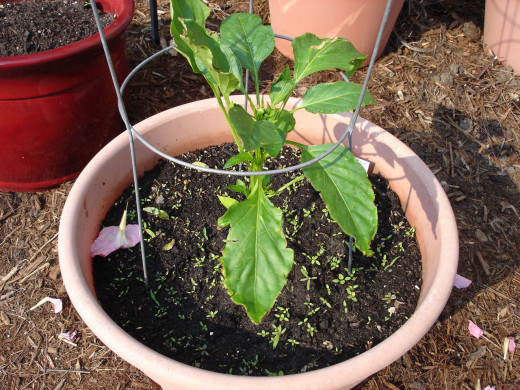
Step 1
To start off, it is important to first prepare the ground. To do that, one needs a tiller or turning fork. After the ground is well dug up, a three- to five-inch layer of compost (or any other organic matter) should be inserted in to the ground. This is important when preparing the soil.
*Tip: Depth of 8 of 10 inches is sufficient when putting the compost in to the ground.
Step 2
The next step requires digging a planting hole. This can be done using a trowel; the hole should be deep enough to cover the root of the plant.
*Tip: Space between holes is ideal at 18 inches apart for majority of the peppers; some of which can even be as large as 24 inches.
Step 3
After the soil is prepared and holes are dug, it is now time to plant the plant in to the holes. Lift the plant gently by removing the plant from the plastic container from the root-ball. Remember not to tug on the plant stem, or tear it from the roots by using force.
*Tip: Sometimes the roots grow out of holes in the bottom of the pot or a container, in that case tear or cut them away. You can also squeeze them and twist the pot simultaneously, to remove it from the roots. As always, using hands to gently break them apart is always most suited.
Step 4
After the plant is securely lifted, now it’s time to set the plant in the hole which was dug. Remember to not plant very deeply and plant so that the top of the root is on level with the ground surface.
Step 5
Sprinkling fertilizer is an important part of the up keep and safety of the plant. Fertilizers should be sprinkled around the plant and in the soil that will go back into the hole. Organic fertilizer is always a good option because it is better for the environment around the plants.
*Tip: A timed-release product can also be used as a fertilizer, it is more expensive but is convenient and stays in one place and does not spread across.
Step 6
In the next step, backfill the hole and pat around it with soil. Gardeners always advice to gently pat the soil around the roots when the plant is planted, but not so gently that it leaves room for air pockets. Air pockets should be avoided at all costs. Later water thoroughly to settle the plant, let it start growing.
Step 7
To conserve the moisture, mulch with pine needles or compost, this will also help in preventing weeds.
Issues with seed germination
This year was complicated for all growers especially with surface grown seeds. Low temperatures and lack of moisture caused germination problems . This is something that can be avoided buy germinating your seed in indoor heat controlled nursery . All seed should be coated with fungicide to avoid any early losses .
Watering your pepper plant :
Pepper plants don't like a lot of water make sure you don't over water them . Well drained soil or growing medium is always recommended for peppers. Similarly water deficient pepper plants show stunned growth and curled leaf . Water your pepper plants during early hours.
Picking and storage :
There is a golden rule for peppers more you pick more it will produce. Make sure you pick your peppers just when they are about the right size. If you don't need them just sun dry them and they'll last for long time. Leaving peppers on your plant will create plant stress and production will decrease . All peppers can be pruned for better production depending on type of pepper plant.
How to Sun Dry peppers :
You can sundry all types of peppers . Make sure your peppers have reached proper maturity (Red color in most plants) Pick them and let them dry on open sunny spot during day hours and cover them during night time . You can also add home make reflectors to reduce your drying time . You can also wash them before drying but it will effect taste .


